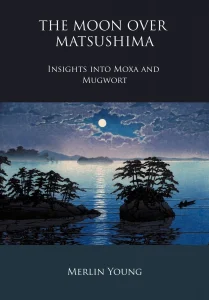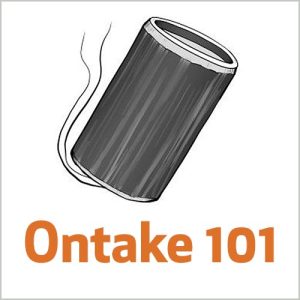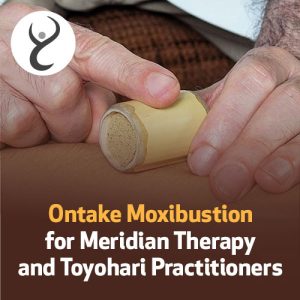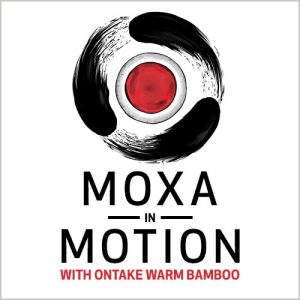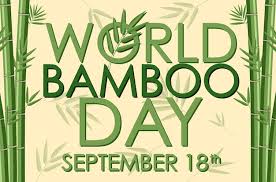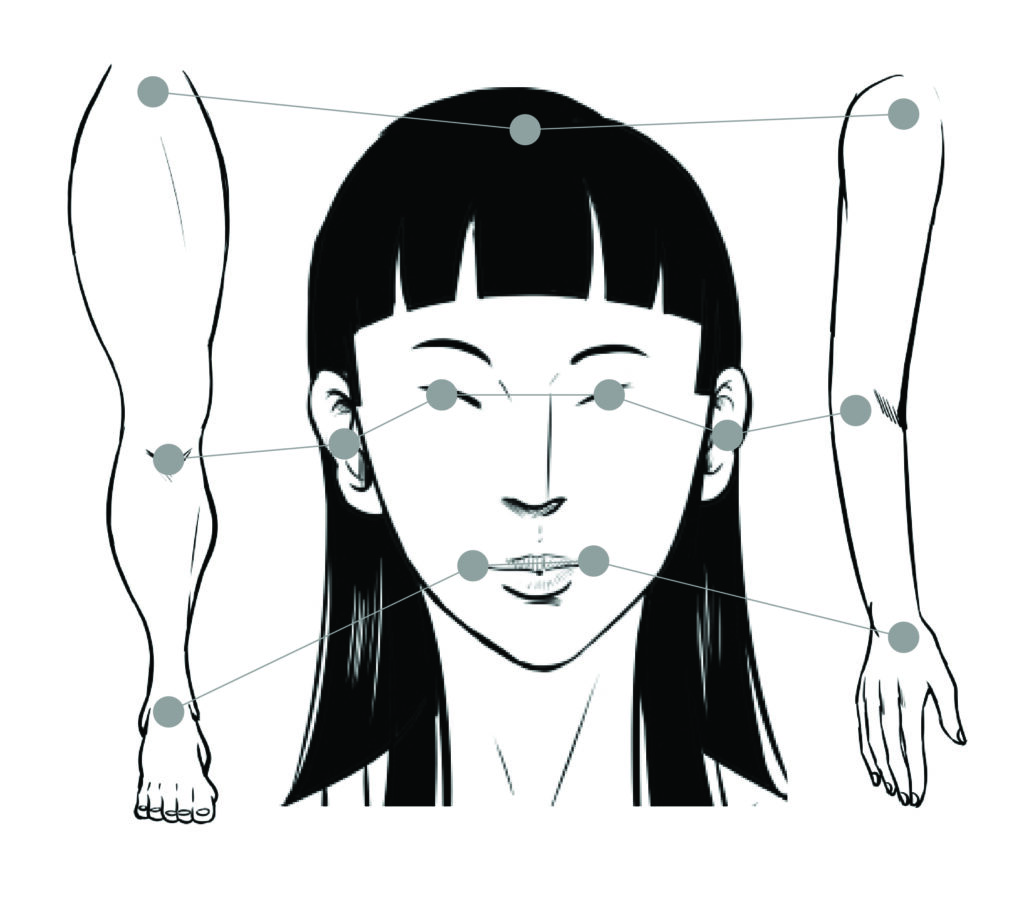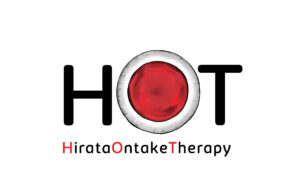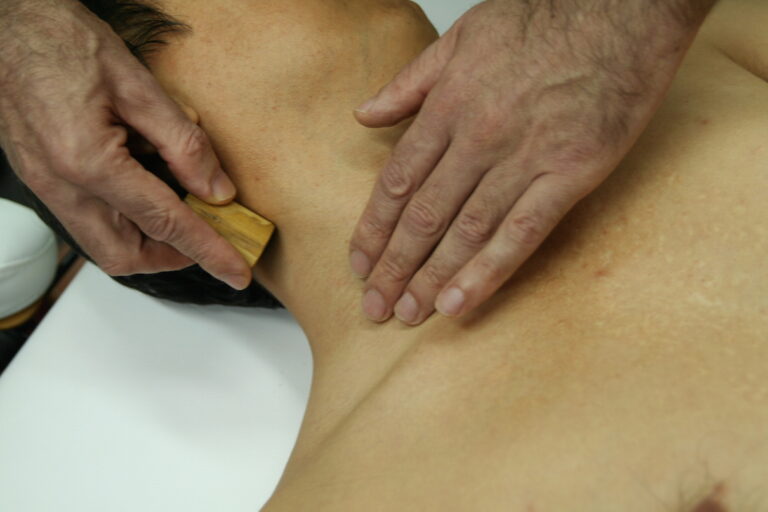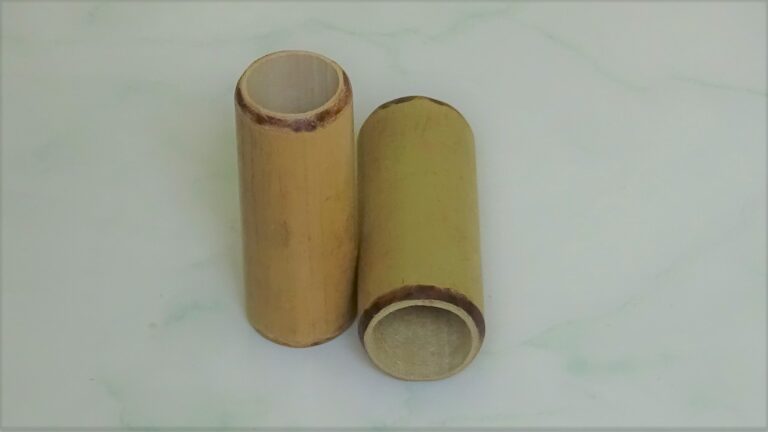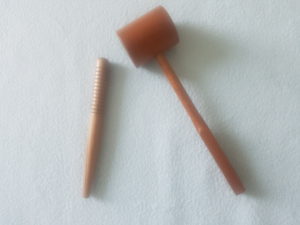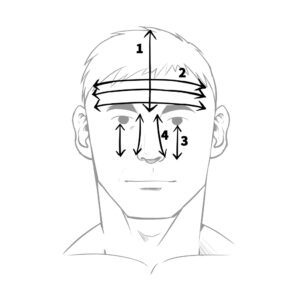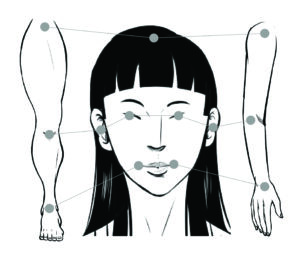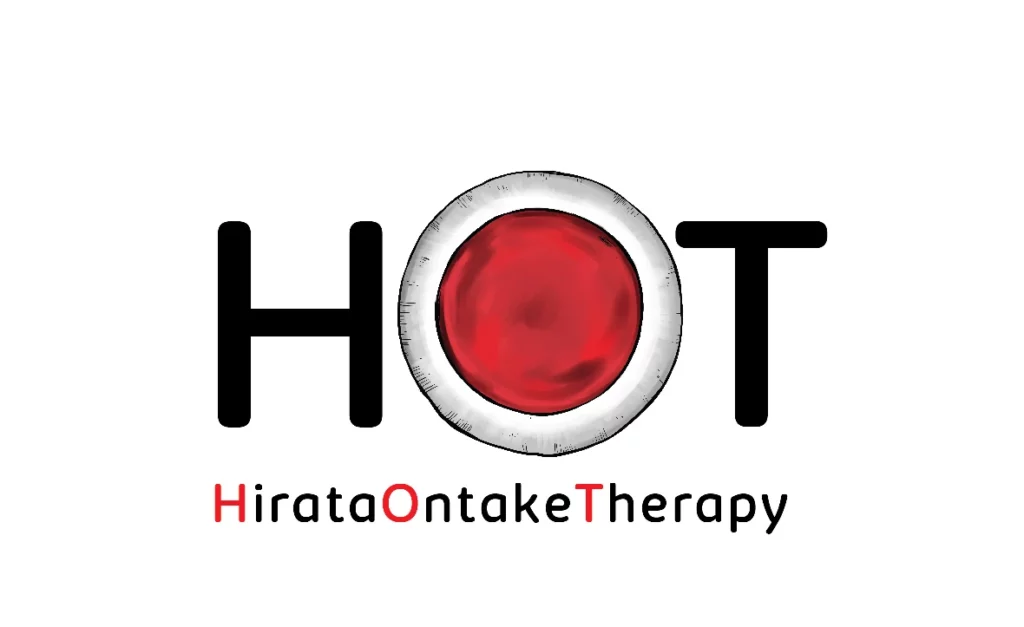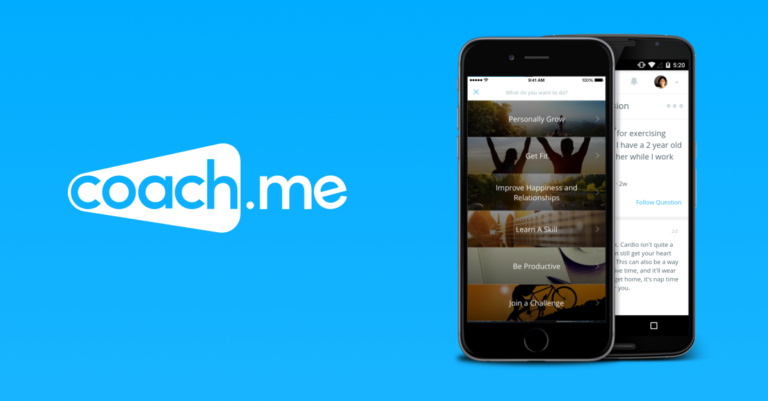TRPs and a New Model for Understanding Moxibustion
Coming soon: The Moon over Matsushima Second Edition
First published in 2012, The Moon Over Matsushima embarked on a journey of exploration filled with unexpected twists and turns. It unveiled the ancient relationship between acupuncture and moxa, and explored the nature and biochemistry of mugwort. In this stunning new second edition, revised and updated, Merlin Young explores cutting edge research from the pharmaceutical industry that could revolutionise our understanding and practice of moxibustion today. He uncovers the mysteries of Transient Receptor Potential Ion Channels, their connection to chronic disease and pain, and their remarkable affinity for moxa and its heat signature, as well as its key chemical components. In this short article, we explore the mysterious world of Transient Receptor Potential Ion Channels and how this modern research might revolutionise our understanding of moxibustion.
A New Model for Understanding Moxibustion: TRPs and Modern Strategies for Difficult Diseases and Pain
Merlin Young
There’s not been much research on the mechanisms of moxibustion in English. About twelve years ago, Jenny Craig and I thought its actions were mediated by the autonomic nervous system. Then we switched our attention to ‘Heat Shock Proteins’ (HSPs). More recently, a new picture has started to emerge—richer and more compelling—that tells us much more. This new knowledge comes to us from pharmaceutical companies, who, in their unending quest for new blockbuster drugs, have been funding research into this field. As an unexpected side-effect, they’ve opened up a whole new window for us to understand the mechanisms of moxibustion. Their research strongly suggests that much of moxa’s effect is down to ‘Transient Receptor Potential Ion Channels’ (TRPs). These TRPs comprise a set of specialised sensory proteins that are expressed on the surfaces of cells which lie, not only beneath the skin surface, but also deeper in the peripheral nervous system and deeper still in the central nervous system including the brain.
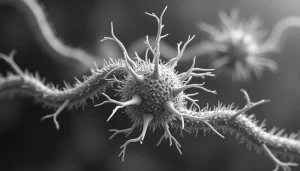
So far 28 TRPs have been discovered in mammals, each evolving to keep us out of harm’s way—helping us not only stay warm, avoid scalding from cold or heat, but to avoid noxious agents in our environment. These proteins are expressed on the surfaces of cells, much more widely in the body than first thought, even in the brain. They comprise tiny channels into the interior of cells, which are normally closed. Whenever these TRPs get triggered by a specific ‘agonist’, these channels open and allow specific ions to pass into the interior of the respective cell, waking the cell up to transmit further information (often through to the brain where sensations of pain, heat or cold are experienced).
TRPs and chronic pain
Unfortunately, as we age, these sensors can become dysfunctional. A typical manifestation of such dysfunction is a chronic pain condition. In this situation, a specific TRP may be stuck open in a chronically ‘up-regulated’ state, like a switch jammed in the ‘on’ position. TRPs are now known to be implicated in a number of very nasty life-limiting chronic diseases, which is why the pharmaceutical companies are on the case. Biomedicine isn’t good with these sorts of conditions. What Big Pharma hopes to discover is a new drug that can be patented for profit, that can safely tweak these dysfunctions. But to affect the up-regulated TRPs in the brain, they need to get their drug safely through the blood-brain barrier, and this isn’t just very difficult, it’s dangerous.
However, this Big Pharma-funded research has unexpectedly opened up a whole new way to review our humble moxa therapy. It certainly doesn’t discount those other mechanisms (ANS regulation, or HSPs, or indeed qi flow) but it adds a fresh dimension of understanding, which includes explaining why moxa has long been favoured over acupuncture for two things—treating chronic and difficult diseases (including chronic pain) and promoting longevity. Three of these TRPs, which are both temperature sensitive and reactive to chemicals, are often co-expressed on the same cells. This almost certainly means that they evolved together, with everything working optimally when they are fully functional. Unfortunately, it looks like many aspects of today’s chronic diseases (and ageing itself) reflect situations when they don’t work so well together—in fact, when they might even work against each other, maintaining a chronic imbalanced state.
Now, here’s how this new research affects our understanding of moxa in a remarkable way. We are sure that moxa can separately modulate all three of these pain-related TRPs—one of them through heat, and two of them through absorption of chemicals through the skin. These TRPs respond only to two chemicals, which, by extraordinary coincidence, happen to be the two dominant chemicals in mugwort. And although several other materials were mentioned in the classics, we think that this highly improbable interaction with mugwort explains why it emerged as the favoured material for moxibustion. It may also explain why, over 2,000 years ago, moxa got its reputation for treating chronic disease, and why moxa maintained its reputation for promoting longevity, century after century. In both instances, our acumoxa predecessors were merrily tweaking these TRPs in their patients with moxa, without knowing a thing about them! Given what we now know, and what more we can expect to emerge in the coming years, we have an extraordinary opportunity to review our moxibustion techniques. We can look for specific ways of using moxa that might provoke downstream effects through the chain of TRPs between skin and brain. We should strive to keep our techniques as simple as possible, while employing thoughtful strategies, based on this new knowledge, to enhance their effectiveness. We must also make sure they remain unpatentable, so the therapy remains super-cheap and accessible.
What types of conditions could we hope to treat? Up-regulated TRPs cause pain, so down-regulating them with moxa means that chronic pain conditions could respond very well—we’ve already seen exciting results with fibromyalgia. A new approach to moxibustion could potentially also help Parkinson’s Disease, dementia, chronic anxiety states, sickle-cell disease, and even obesity. We have the chance to devise a whole new range of 21st-century point protocols for various conditions, applying moxa to maximise its TRP-regulating effects. And we can do this while trusting to a two-millennia long safety profile, which gives us quite an advantage over Big Pharma—moxa is cheaper, safer and easier to apply!
All of these are discussed in the forthcoming second edition of The Moon over Matsushima. This has been updated with over 40 new pages, which unpick this Big Pharma research and discuss its implications. What’s more, shortly after publication, a new, shorter book The Moon at the Window will follow. Listing moxa treatments for over 300 conditions, this second book will also discuss how we might best approach any difficult modern condition in light of both our ancient and now super-modern understandings. Published by Sayoshi Books, our hope is that these two books will galvanise important discussion and collaborative investigation, both in Japan and the West into this extraordinary therapy that we call moxa.
Unlike any other book on moxibustion, The Moon over Matsushima Second Edition will open your mind to the use of moxa in the past, present, and future. Don’t miss out on these cutting-edge insights. Sign up for more information about the launch and receive exclusive updates by filling out the form below:
TRPs and a New Model for Understanding Moxibustion Read More »
